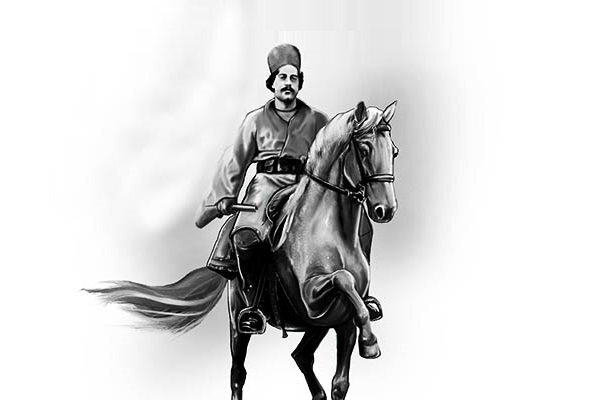Tour marks national day of resistance

TEHRAN–On the occasion of the national day of the resistance to British colonialism, a tour dedicated to the history of resistance in the southwestern Bushehr province was held on Saturday, a local tourism official has said.
The tour, which was the first of its kind, focused on the Bushehr’s role in the fight against colonialism and its people’s resistance to British colonialism, Vahid Jamali said on Sunday.
During the tour, the guides also gave an overview of Rais Ali Delvari, a national hero who organized popular resistance against the British troops which invaded Iran in 1915, the official added.
One of Bushehr’s tourism capabilities is resistance tourism, and efforts are being made to make the most of the opportunity, he noted.
To develop this branch of tourism in the region, the province’s tourism authorities plan to identify its positive aspects, strengthen them, and also provide a suitable solution to resolve any shortcomings in this regard, he mentioned.
Rais Ali Delvari, whose martyrdom anniversary is celebrated as the national day of resistance on Shahrivar 12 (which fell on September 3 this year), was born in 1882 in Delvar, a small village in Bushehr. He was martyred in 1915 at the age of 33 in a fierce clash with British aggressors in Bushehr.
Though Persia (Iran) declared the state of neutrality in World War I, it became divided into northern and southern spheres of influence under the Anglo-Russian Treaty of 1907 as the country was deemed a great source of interest due to its significant oil reserve and strategic geography.
The treaty, however, was widely viewed by Iranians as having made the nation into nothing more than a British and Russian protectorate, so countless local uprisings occurred against the British and Russian forces from the north to the south.
In northern Iran, the Jangal Movement of Gilan was the main indigenous resistance against the foreign occupiers, and in southern parts, Tangistani amongst other tribes constituted the main resisting power against the British Empire.
On the eve of World War I, Germany established the Intelligence Bureau for the East for the Central Powers, intending to promote and sustain anti-colonial movements and nationalist agitations in British India, Persia, and Egypt. Wilhelm Wassmuss led the bureau’s operations in Persia, seeking the goal to free Persia from the Allied Powers’ influence and creating a wedge between Russia and the British forces.
That was the time when Delvari with the help of Wassmuss was formulating a general Anti-British uprising in Iran. The Iranian hero was, ultimately, killed by Anglo-Indian forces following months of bloody clashes.
With over 6,000 years of history and significant monuments from the Elamite, Achaemenid, Parthian, and Sassanid eras, Bushehr is one of Iran’s most important historical centers.
Besides its cultural heritage, beautiful beaches and lush palm groves make it an attractive destination for world travelers.
The historical and architectural monuments of Bushehr include Islamic buildings like mosques and praying centers, mansions, old towers, castles, as well as gardens.
When it comes to cultural attractions, there are many historical mounds in Bushehr including Tall-e Khandaq with Sassanid architectural style, Tall-e Marv located near an Achaemenid Palace, and Qajar era Malek al-Tojar Mansion. Qajar era Kazeruni Mansion, which has been inscribed on the World Heritage List, is another attraction that world travelers love to see among various ancient sites.
ABU/AM
Leave a Comment